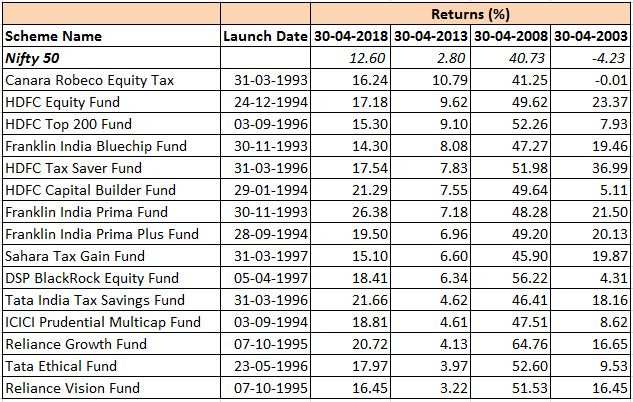

An investment cannot be made directly in an index.Īsset class alone does not determine the volatility of an investment. If such expenses were reflected, returns would be lower. Index returns are compounded annually and assume reinvestment of all distributions but do not reflect deduction of expenses associated with investments. *Canadian Stock market represented by S&P/TSX Composite Total Return Index. For example, the first 1-year period began Januthrough to Dec 31, 1980. Rolling periods are periods of consecutive months with new periods beginning on the first day of each month.

Illustrative only and not predictive of future results. Historically, a diversified portfolio has delivered solid long-term absolute returns.

Over any 30-year rolling period since 1980, the maximum average annualized return on a diversified portfolio has been 11% compared with the minimum average annualized return on the same portfolio of 7% - a difference of only 4%.Īlthough including stocks in your portfolio may result in increased volatility relative to investments that don't include equity, over long periods of time, the impact of these fluctuations tends to decline. Time tends to reduce the impact of volatility. For example, since 1980, 1-year rolling returns for a globally diversified portfolio of stocks and bonds have ranged from -25% to +64% - a difference of 89%. In the short term, portfolio returns can vary quite significantly since the value of investments changes daily. Investors have historically been rewarded for staying invested. Over longer periods of time, the impact of volatility becomes less noticeable. Volatility has historically been higher over shorter periods. Notice that higher returns tend to go hand-in-hand with higher volatility. Here's an example of where the three primary asset classes fall on the potential volatility and return spectrum. In general, cash is not very volatile while some stocks, or equities, can be quite volatile. Due to the higher temperature volatility, you would have to pack everything from sweaters to multiple shirts a day, making the experience quite different.Īll investments, even cash, include some level of volatility. On the other hand, City B’s temperature – which also averages 25 degrees – peaks at 40 degrees mid-day and goes down to only five at night. So, because it has a lower temperature volatility, you only have to pack clothes appropriate for 25 degrees. City A’s temperature sits at a balmy 25 degrees for most of the day, only slightly changing in the morning and evenings. Suppose City A and City B both have average temperatures of 25 degrees in July. One way to think about it is preparing for weather on vacation. For example, an investment whose price shifts between +7% and -5% in one year is more volatile than an investment whose return fluctuates between +3% and -2% over a year. The more the price changes, the greater the volatility.
#BEST PERFORMING MUTUAL FUNDS DECEMBER 2018 HOW TO#
How to dividend paying mutual funds work and what are the best dividend paying mutual funds available in the market? Read on to know more.Volatility is defined as the price movement of an investment. An investor with a low-risk appetite and who wish to receive frequent income can invest in dividend mutual funds. These payouts are known as ‘dividends’ and they are the profits earned by the particular mutual fund scheme and are passed on to the shareholders. These funds offer annualised payouts to investors on a regular basis. Wish to invest in a mutual fund but do not wish to wait long to earn profits? Opt for dividend mutual funds. If you want to know more about SIPs, their benefits and the best funds to invest through an SIP, read on to know more. SIPs shield you from market risks and also comes with the benefit of stopping the SIP any time. You also do not have to worry about timing the market and you benefit from the compounding effect. With an SIP, you can become more disciplined in your savings and you can start an SIP for as low as Rs.500 a month. An SIP is one of the best tools that can help you accumulate wealth over time. Wish to cultivate a disciplined approach to investing? A Systematic Investment Plan (SIP) is the best way to go about it. Know more about the different types of mutual funds and identify the right one for yourself to invest on, here. When it is classified on the basis of asset class, it can be equity, debt, hybrid, or money market funds. Mutual funds when classified on the basis of structure can be open-ended and close-ended. Mutual funds can be classified on the basis of - structure, asset class, investment objective, speciality, and risk. Before you invest in one, the first thing you should know is the different types of mutual funds. If you are reading this, you probably are interested in investing in mutual funds.


 0 kommentar(er)
0 kommentar(er)
